Categories
Category: Uncategorized
Shaping Your Body with an Ultrasonic Cavitation Machine is Easy!
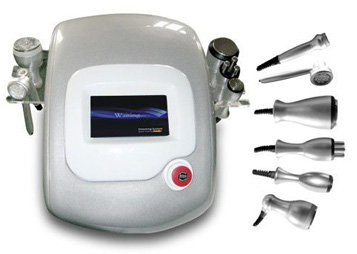
What does ultrasonic cavitation treatment aim at? It aims at reshaping one’s body instantly. This is a pain free and noninvasive alternative that delivers immediate, consistent and long-lasting results. If you are looking for a pretty fast and non-surgical way to shape your body globally, then an ultrasonic cavitation machine is what you really need!
What Is an Ultrasound Cavitation Machine?
It is also called a slimming machine for a nonsurgical liposuction. As long as it is a non-invasive treatment option, it has no risks. The effects of the use of such machine are noticeable after the very first procedure. Besides, there is no alteration or any kind of inflammation of the surrounding tissues. Right after the very first course you will notice great changes in your body shape.
The ultrasonic cavitation machine can be effectively used by an average or moderate overweight person, who exercises regularly and has a healthy lifestyle.
Anesthesia Equipment & Instruments: Definitions & Principles of Practical Usage
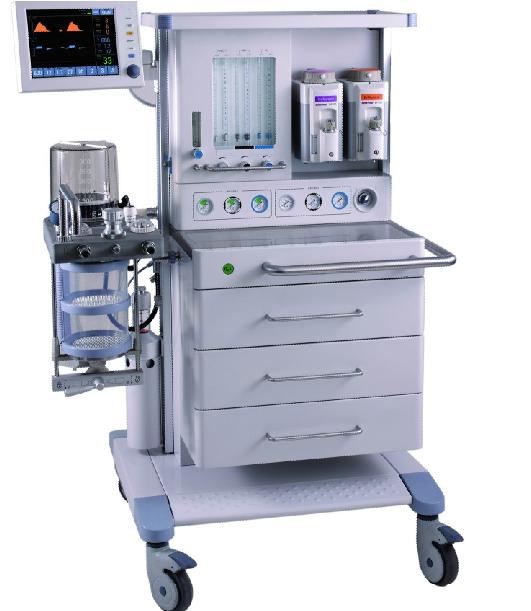
Anesthesia, or anesthetic equipment, is a set of instruments and devices used in anesthesiology, which is the medical science or a branch of medicine that studies and applies or administers anesthetics. Probably, the most common part of anesthesia equipment is the anesthesia machine, also called Boyle’s machine (named after Henry Boyle, the British anesthesiologist, who in 1917 invented the machine’s original concept), which is a special medical device that consists of a ventilator, suction unit, and a patient monitoring device and is used primarily for supporting anesthesia administration to the patients.
Ventilator Circuit
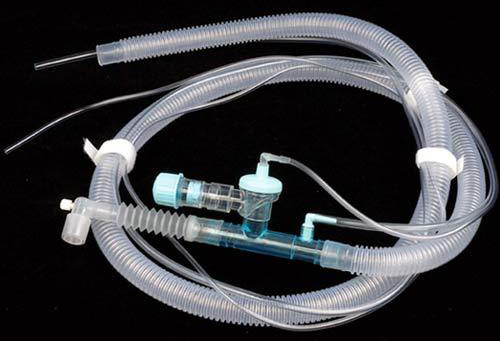
Artificial lung ventilation (ALV) was introduced into clinical practice in 1929 in order to “provide opportunities for all patients with impaired respiratory function to restore normal breathing”. This procedure has been used as a selective lung ventilation method in some pathological conditions for a long time.
Auxiliary ventilation allows the patient to maintain spontaneous breathing. Auxiliary lung ventilation can be considered as an interim stage between traditional artificial lung ventilation and adequate independent breathing.
The main task of anesthetic equipment of any complexity is to provide respiratory functions of the organism, i.e. effective gas exchange in conditions of separate or artificial respiration. Breathing circuit provides oxygen and anesthetics administration from anesthesia apparatus into the respiratory tract (lungs) of a patient and removal of this expiratory mixture. There are two main types of ventilator circuits: with and without the reversion of gas mixture. Reversion means full or partial rebreathing of the anesthetic gas that has already been exhaled. The simplest systems are nonrebreathing ones, which do not use the expiratory mixture again and depend on the level of fresh gas flow. Several models of such systems are described by Mapelson and are still used in some areas of anesthesiology, for example in pediatrics. However, in order to prevent the accumulation of CO2 in the circuit a flow of fresh gas is required, which exceeds minute pulmonary ventilation at least twice.
Anesthesia Ventilator: Certified Means Of Lung Ventilation
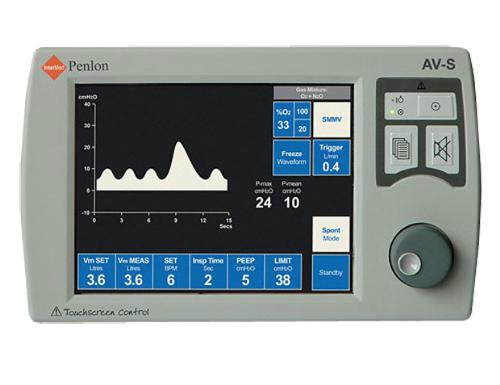
Artificial lung ventilation (ALV) provides gas exchange between environment air (or a mixture of gases) and lung alveoli. It is used as a reanimation tool in case of a sudden respiratory arrest, as a component of anesthesia, a means of intensive therapy of acute respiratory failure and some diseases of nervous and muscular systems.
Anesthesia ventilator is a part of the operational unit equipment in any modern clinic and is used during surgical operations of increased complexity. It provides monitoring of patient’s breath, improves oxygen delivery into the body and excretion of carbon dioxide. The ventilator can be applied with all types of facilities for inhalation narcosis; it can also minimize unwanted complications during surgery. An anesthesiologist can qualitatively monitor patient’s breath and state as well as respond to any changes during the surgical interference. The device is especially valuable when carrying out long-term operations: in combination with inhalation narcosis even the most difficult operations are withstood much easier by patients, it helps to decrease the risks of anesthesia.
ENT Workstation: Modern Equipment Of Any ENT-Cabinet
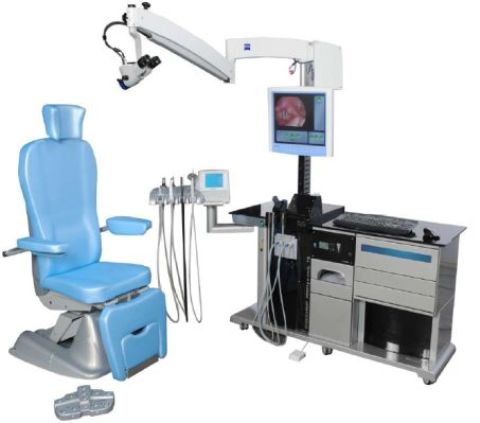
The diseases of upper air passages and ENT-organs are very common among patients of all age categories and require careful attention to diagnosis and timeous treatment. Qualitative modern equipment of the cabinet and availability of doctor’s instruments for the inspection of a big number of patients play fundamental role in the organization of work of an otolaryngologist; it helps to reduce labour intensity and increase work efficiency.
Specialized sets and complexes of medical equipment are designed for the achievements of these goals: the working place of an otolaryngologist or ENT workstation (ENT installation).
ENT workstations possess a wide range of functions, which are aimed at optimization of the work of a specialist. In most cases the functionality of the equipment meets all modern requirements.
Medical Gas Manifold Systems
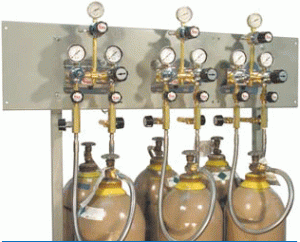
Medical gas manifolds and gas manifold systems have been designed for industrial and laboratory applications that require permanent inflows of medical gas at a specified level of pressure. There is a whole range of offers for various types of medical institutions as well as for wide spectrum of medical gases (oxygen, nitrogen, CO2, medical air, helium, etc.). Designed in compliance with official standards such as EN ISO 7396-1 or HTM 02-01 they can be easily customized for any application depending on the size of the institution, clinical requirements and specific customer needs. For small medical institutions there are simple, semi- and fully automated gas manifolds, while for large clinics there are manifold systems terminals and manifold plants.
Typical automated manifold is a pipeline system filled with high-pressured medical gas that flows from cylindrical containers or tanks. It consists of two banks of containers on either side of the pressure control set and an additional source for emergency gas supply. As primary supply for oxygen, liquid source typically is in use, while two-side cylinder supply serves as a reserve. The position of the automatic switchover indicates which bank is being utilized at a particular moment and which is still in reserve. The gas pressure remains constant at a preset level. The manifold takes gas in from the “working” cylinder until its get empty. Then manifold automatically switches to the “reserved” cylinder bank intake. After the replacement of the empty cylinder, bank the changeover moves to the other side to reset the manifold. Each manifold is supplied with a detailed operating instruction and a warranty manual.
Fetal Heart Monitors for Labor Risks Prevention
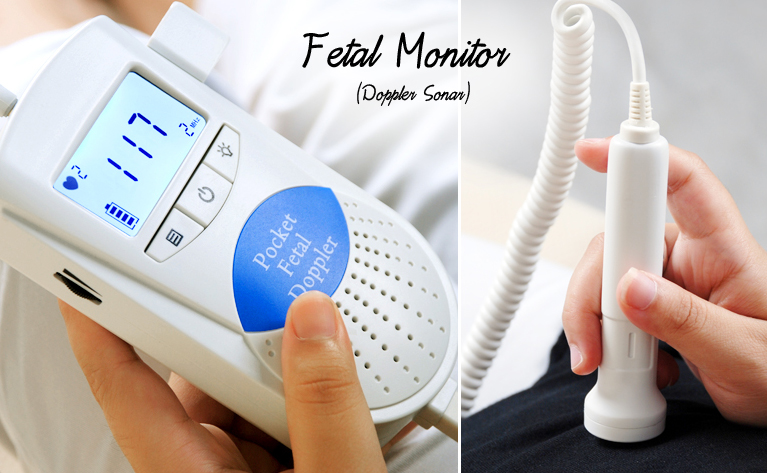
On the fifth week of pregnancy the heart of the unborn baby starts beating, and this fetal heartbeat is highly important for monitoring the health of the pregnant. This is what a fetal heart monitor is for.
What is a Fetal Heart Monitor?
It is also referred to as a Doppler fetal monitor. It’s a device, which helps a doctor and mother to observe the heartbeat of an unborn baby. The use of such device is an essential part of a prenatal care. The monitor is an ultra-sound transducer that uses a known Doppler effect for providing an audio replica of the baby’s heartbeat.
During the procedure of monitoring a nurse evaluates the strip for adequacy and continuity for interpretation. The task is to identify the baseline fetal rate of heart as well as the presence of variability, determining whether there are any decelerations and accelerations from the baseline. The nurse will also identify patterns of uterine contraction.
All this information allows determining whether the heart rate recording is nonreassuring, reassuring or ominous. This helps in developing a whole plan for the situation of delivering the baby in the best manner possible.
Top Peculiarities of Fluid Warming Cabinets
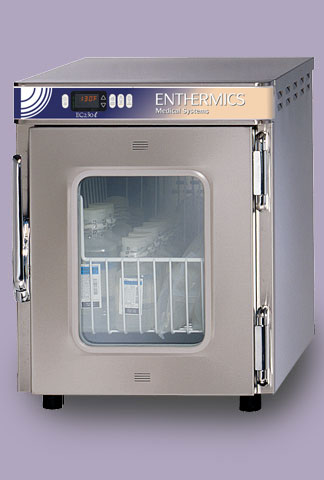
At present, there are a lot of health care centers that specialize in conducting operations. Some operations are short-termed and not very serious by their nature, while some operations require much time and are very serious. There are a lot of different operations: the transplantation of a heart, the transplantation of a liver, and this list can be prolonged.
As a matter of fact, no matter how serious an operation is, physicians ask relatives or close friends to donate blood to make sure they can provide all the necessary help in case it is required. The donated blood is kept in special refrigerators. In case the blood is going to be used during an operation, it is kept in special fluid warming cabinets. The reason for it is clear: blood that is going to be transported to the organism of a human being should be of the same temperature as the human body. Otherwise, the results of an operation can be unexpected.
What Is Ambulatory Blood Pressure Monitoring: Reliable & Accurate Blood Pressure 24/7

Ambulatory blood pressure monitoring, or simply ABPM, is a relatively new and non-invasive method or technique of obtaining a patient’s blood pressure readings 24/7, while a patient stays in his/her own environment and represents a true blood pressure reflection. In the simplest terms, ABPM assesses or measures a patient’s blood pressure at regular intervals (every 20 minutes at daytime, every hour overnight). A device used for ABPM is called ambulatory blood pressure machine or monitor.
Many medical studies have already confirmed that 24/7 ambulatory blood pressure monitoring is superior to blood pressure monitoring in a clinical setting in estimating cardiac risk factors, like predicting future target organ damage and cardiovascular events. ABPM is able to provide the information that will be fundamentally different from the one got by a doctor out of a patient’s blood pressure readings taken in the office. For example, ambulatory blood pressure monitoring is believed to be helpful in reducing the effect of white coat hypertension, according to which a patient’s blood pressure gets elevated during a medical examination as a response to a simple anxiety or nervousness caused by being in a clinical environment. For this reason almost all hypertension organizations highly recommend to use ABP or out-of-office measurements as an adjunct to office measurements. Let’s take a deeper look at the main guidelines of ambulatory blood pressure monitoring technique.
Top 4 Memory Foam Mattress Toppers

These days there are tens of types of mattresses available. Their variety, and not price, is the main reason why so many back pain sufferers understand that making a choice is too difficult. So, what’s the best variant that can support the contours of one’s lower back without placing excess pressure on shoulders and hips?
We suggest buying memory foam mattress toppers, as only they are capable of providing a perfect sleeping surface. Though in normal temperature the surface is rather firm, as soon as you lie down it begins to react to the body’s temperature, molding itself to the shape of the body.
Memory foam bed toppers have all the quality features that back pain sufferers are looking for. They are evenly firm and have a buoyant sleeping surface. In addition, they are hypoallergenic and never attract any mites or harbor, as most regular mattresses do. These toppers have many great qualities that make them a perfect variant both for sick and healthy people.



